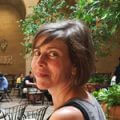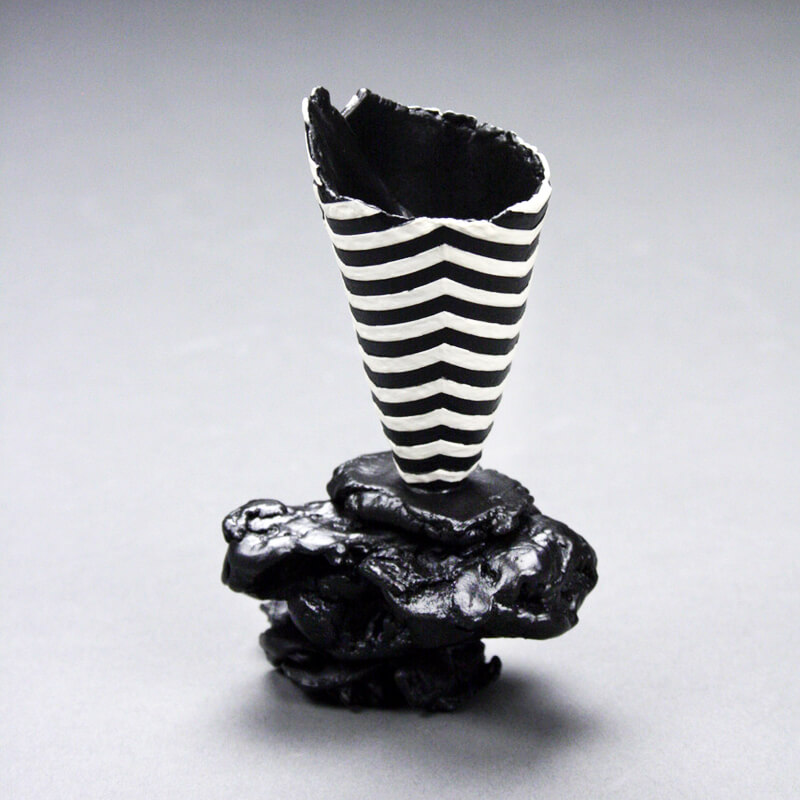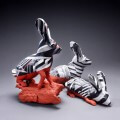
Red Lodge Clay Center – Short-Term Resident 2016, (AIA) 2019
Merrie Wright received a BFA from the Kansas City Art Institute and a MFA from Louisiana State University. She currently lives in east Texas and is Associate Professor and Department Chair of Art & Art History at the University of Texas at Tyler. Wright exhibits her work nationally; recent exhibitions include: Craft Texas 2016 at the Houston Center for Contemporary Craft, Objectify at Belger Crane Yard Studios, and Tiny Mountains, Cliffs, and Switchbacks: Small Sculpture by Merrie Wright at the Tyler Museum of Art. She presented the lecture ‘Clouds: Capturing Ephemeral Imagery in Enduring Materials’ at the National Council on Education for the Ceramic Arts 2014 conference. Wright was awarded a six week International Residency through a partnership with NCECA and The Banff Centre in 2014 and a short-term residency at Red Lodge Clay Center, which she will complete during the winter of 2016.
Merrie Wright’s work, including the Dazzle, Switchback and Tiny Mountain series, explores the ability of form and surface to transform perceptions of time, space and reality. Animal figures and abstract forms derived from the landscape are glazed by hand with intricate surfaces intended to reveal numerous hidden, ambiguous, and enigmatic connections within the universe. Her process is labor-intensive, slow and meticulous.
For the past 10 years my work has revolved around the figure of the animal. The dynamic patterns and colors of the Dazzle series originate from numerous sources including natural phenomena, symbols and patterns used by ancient cultures (like chevron or herringbone patterns), and the imagery and theories of previous movements including Optical Art. The Switchback series, intimate sculptures inspired by the geologic phenomena, light, and color unique to far North, continue to investigate many of the same themes.
My work explores the ability for camouflaged surfaces to transform our perception of time, space and reality, it addresses the idea of facade and the many ways we present ourselves and, ultimately, speaks to the numerous hidden, ambiguous, and enigmatic connections we have to the universe.
My labor-intensive process is slow and meticulous; life-like ceramic figures and forms derived from the landscape are created and then glazed in precise patterns by hand. In our era of industrial processes and cutting edge technology, I strive to push my tool, the hand, to its limits. The precision of my surfaces tests our perception as well. Can I push the work to a point that challenges the ability for one to discern what is machine made vs. what is hand made?














